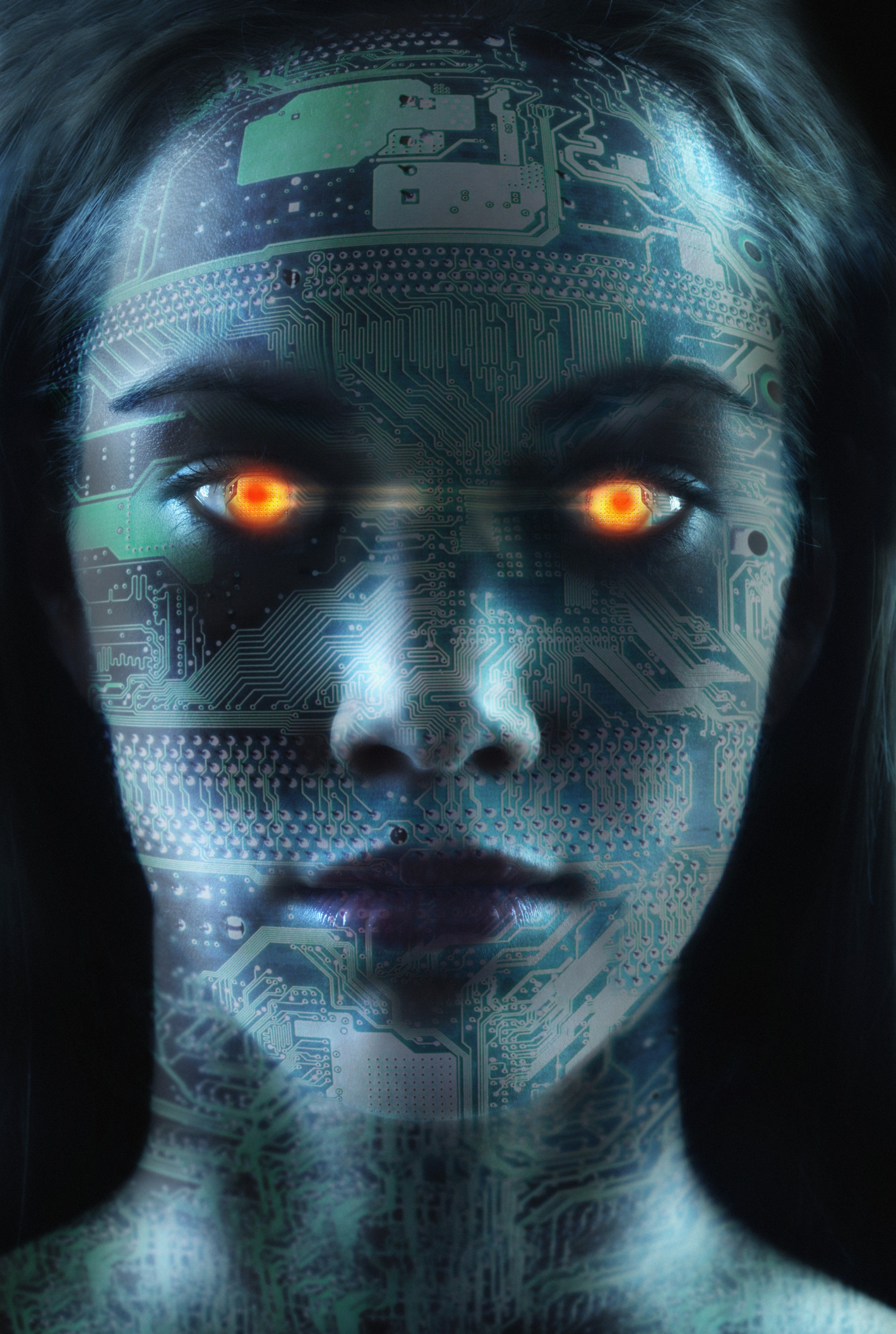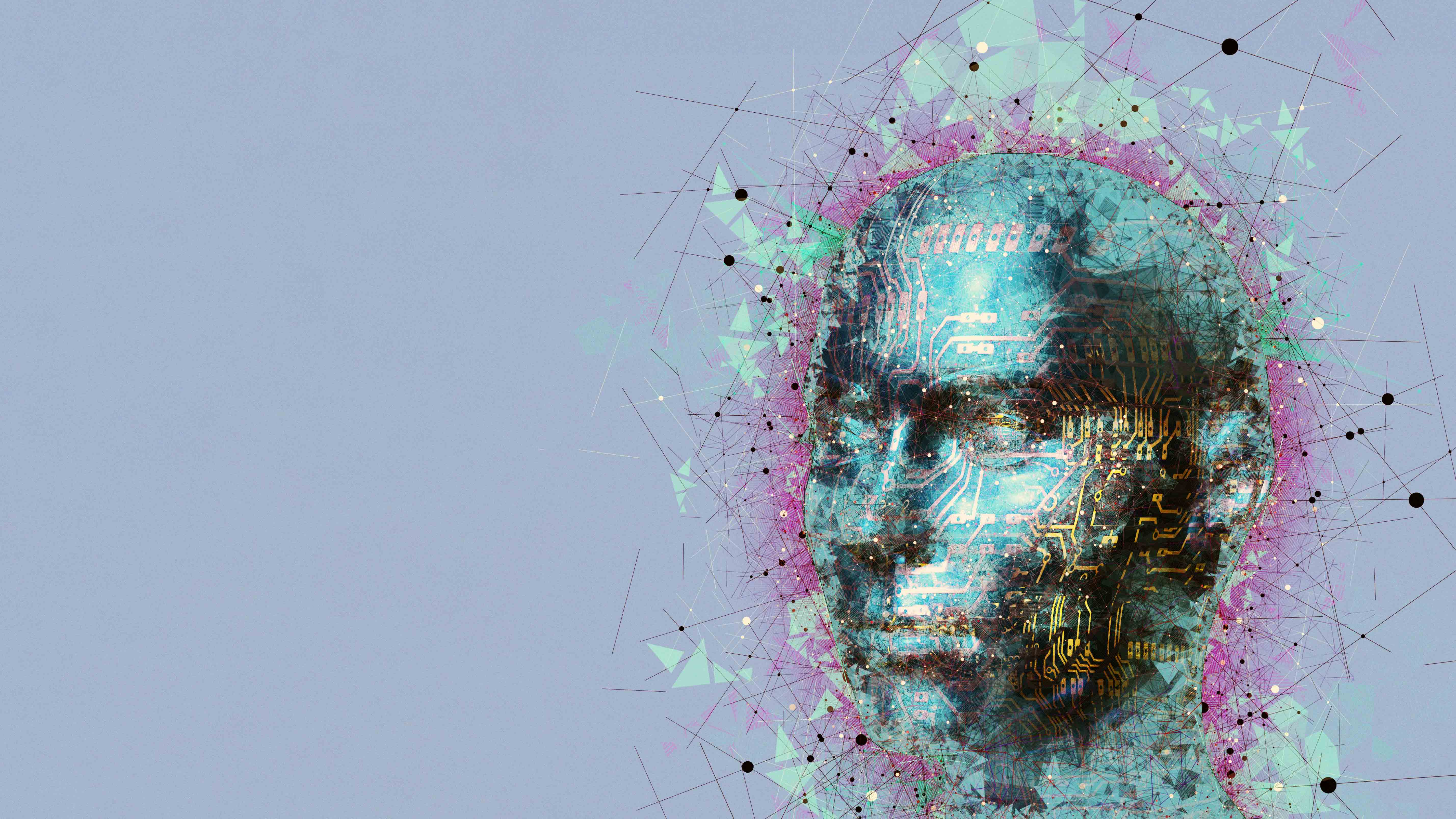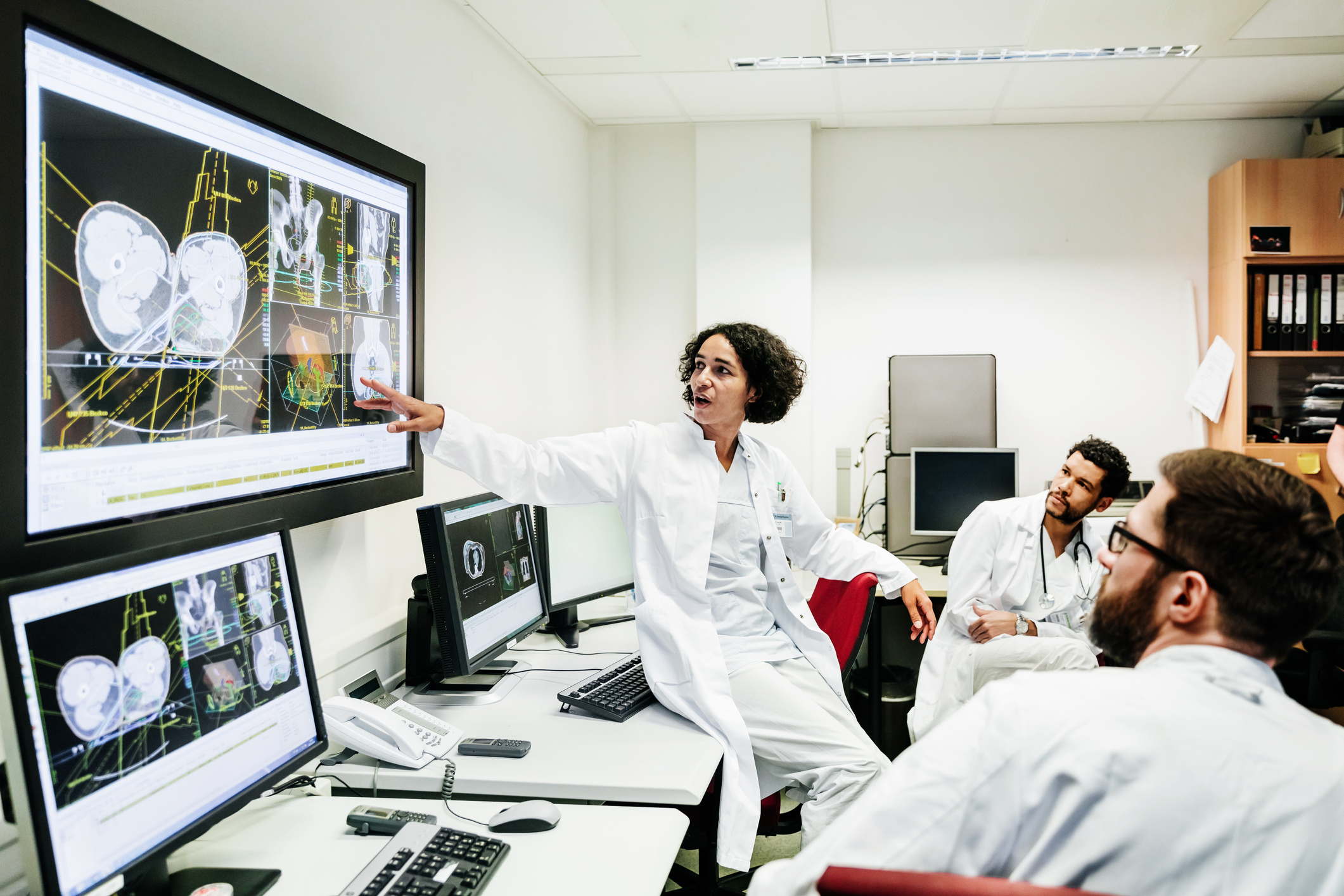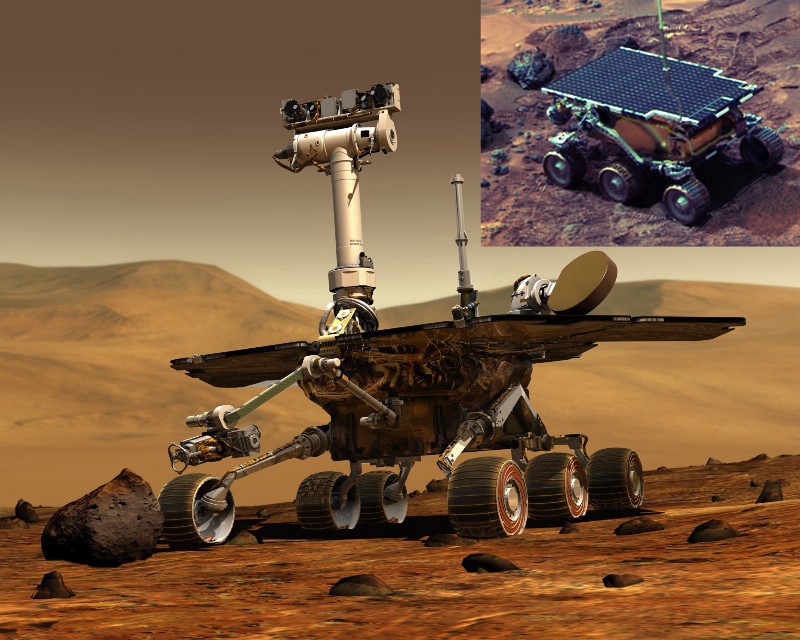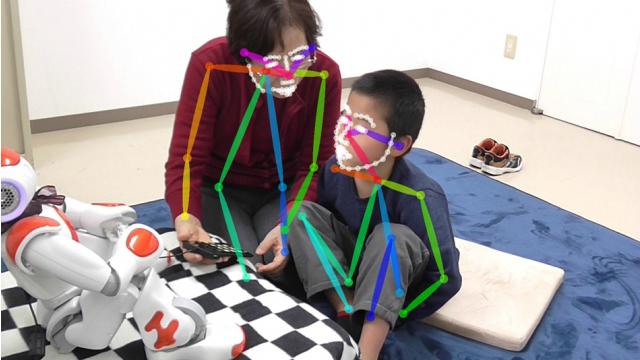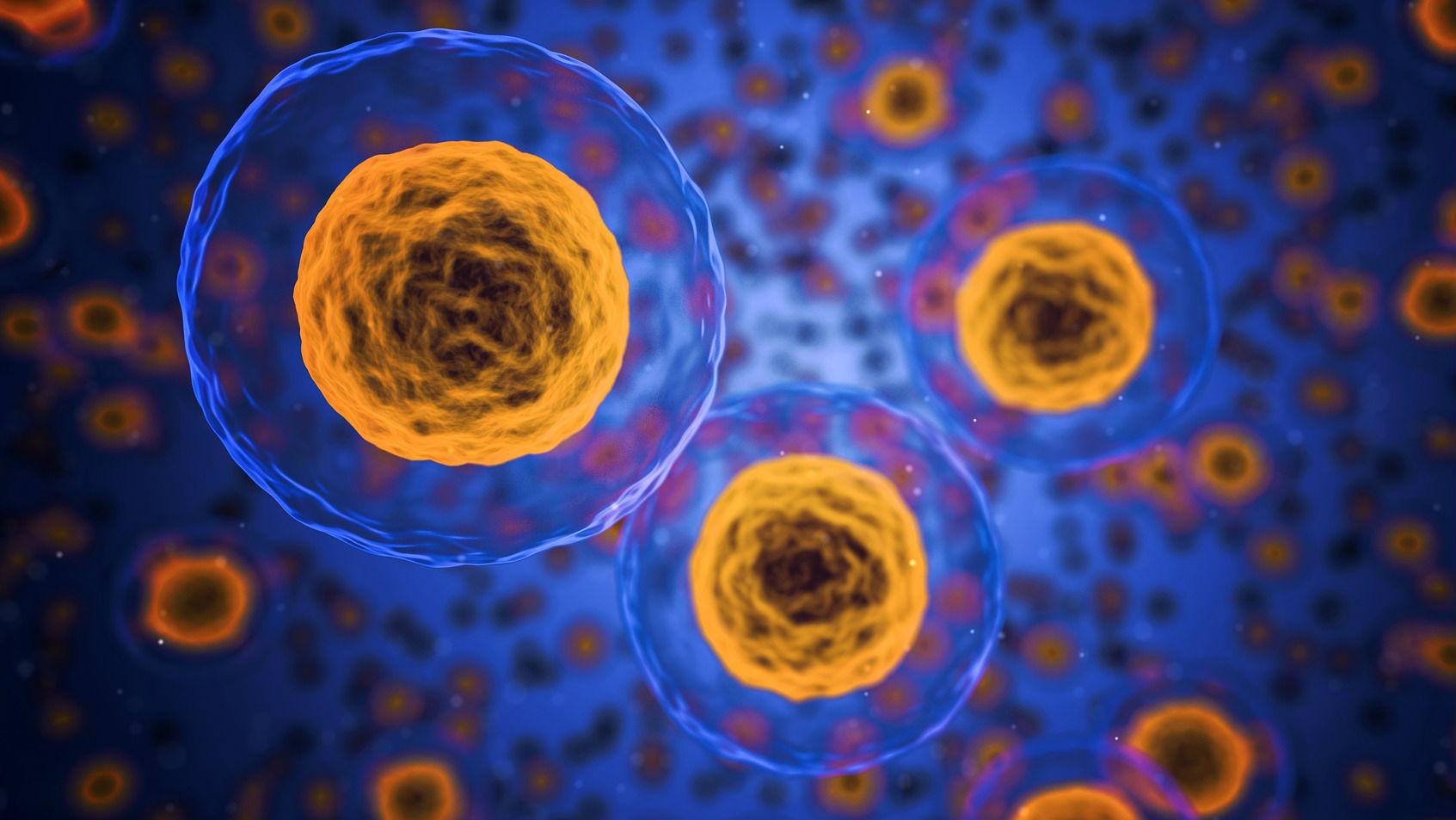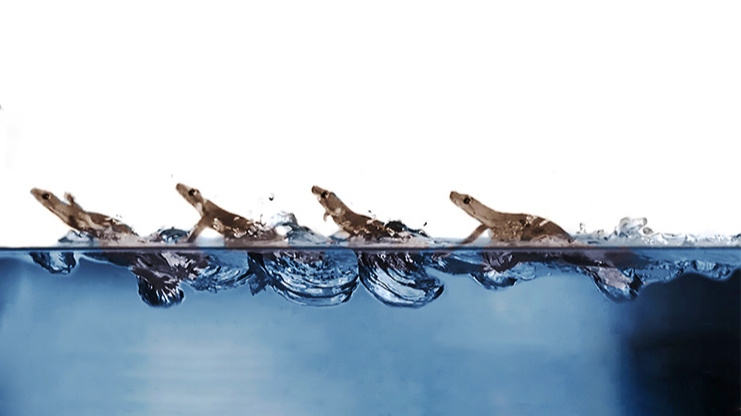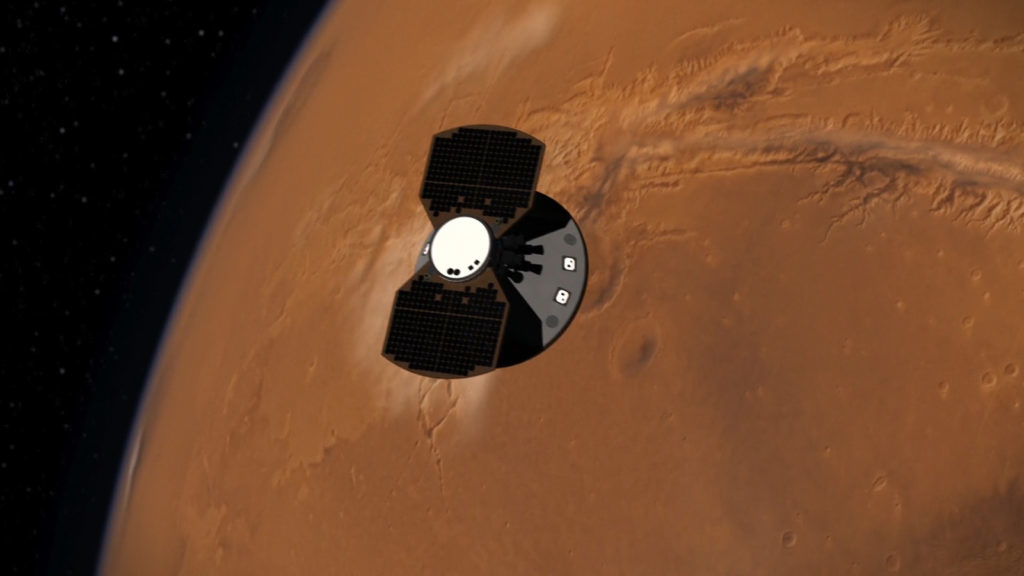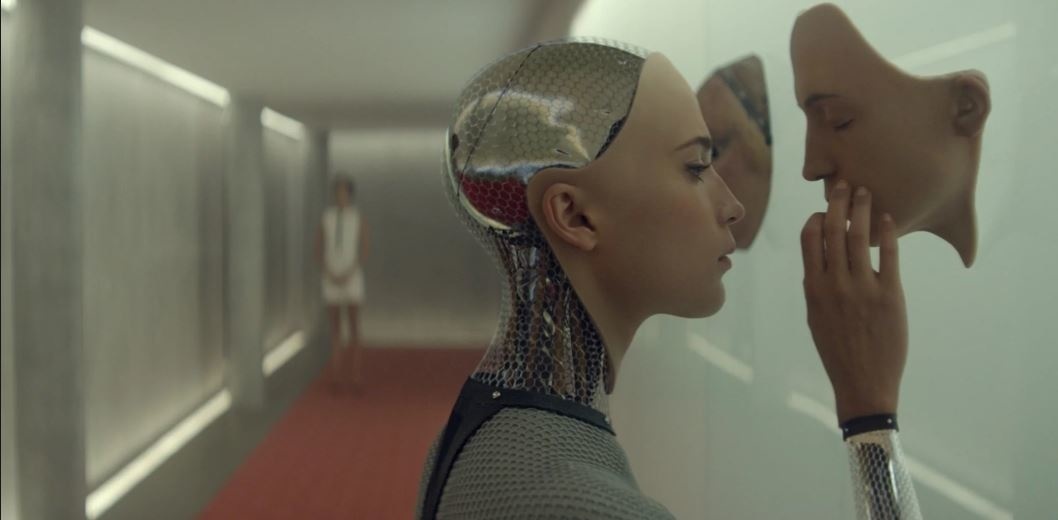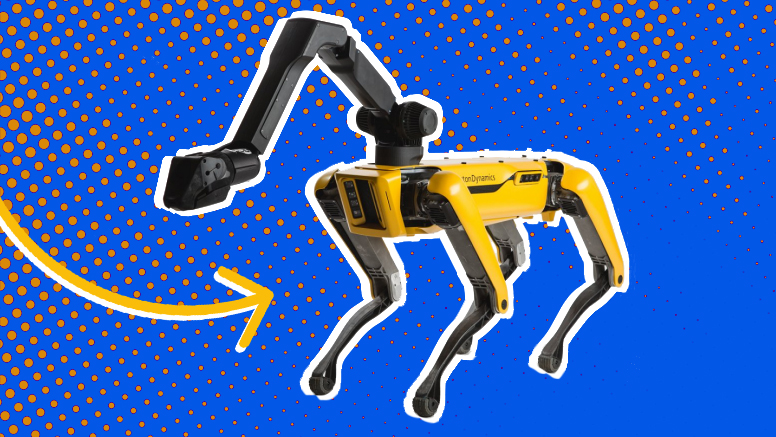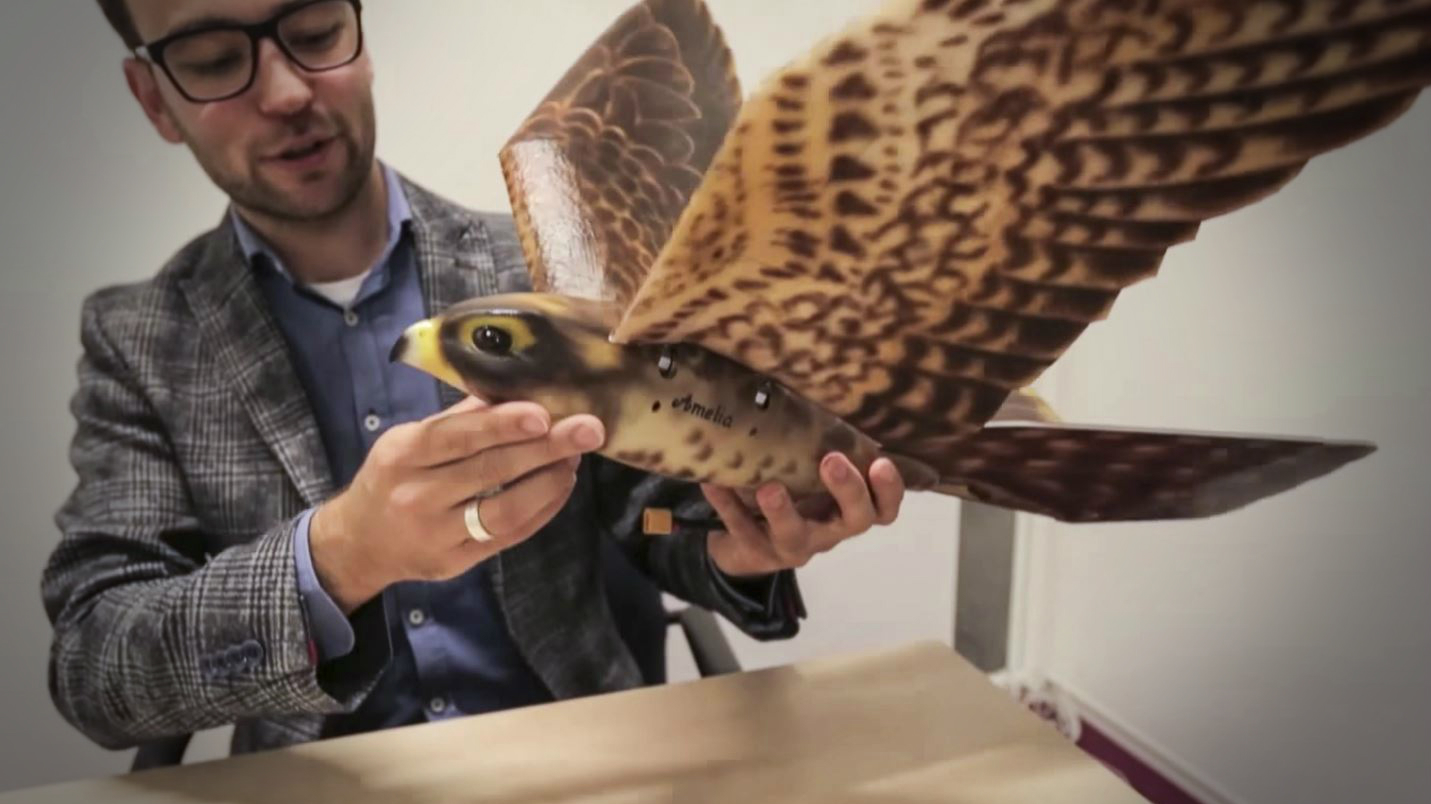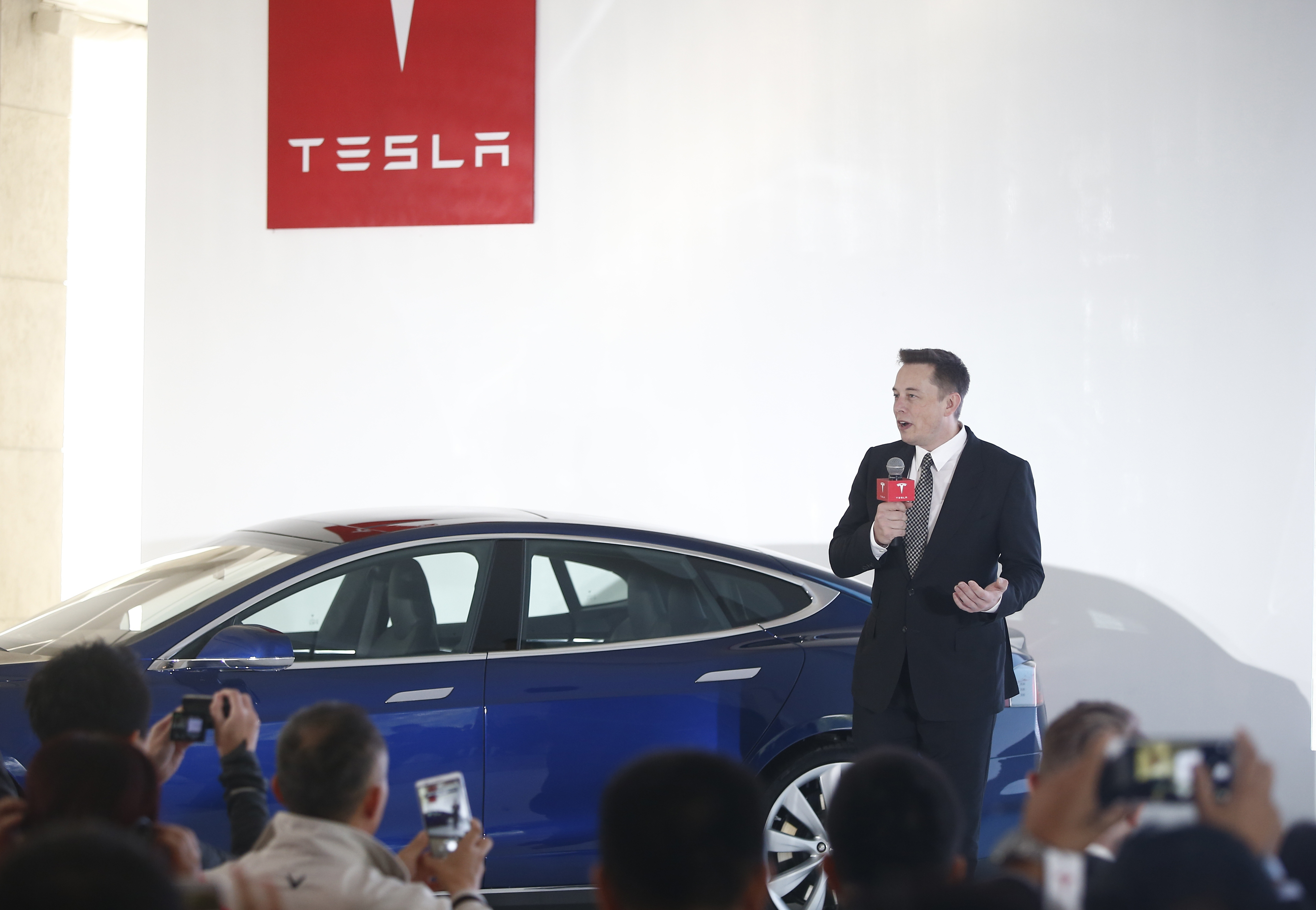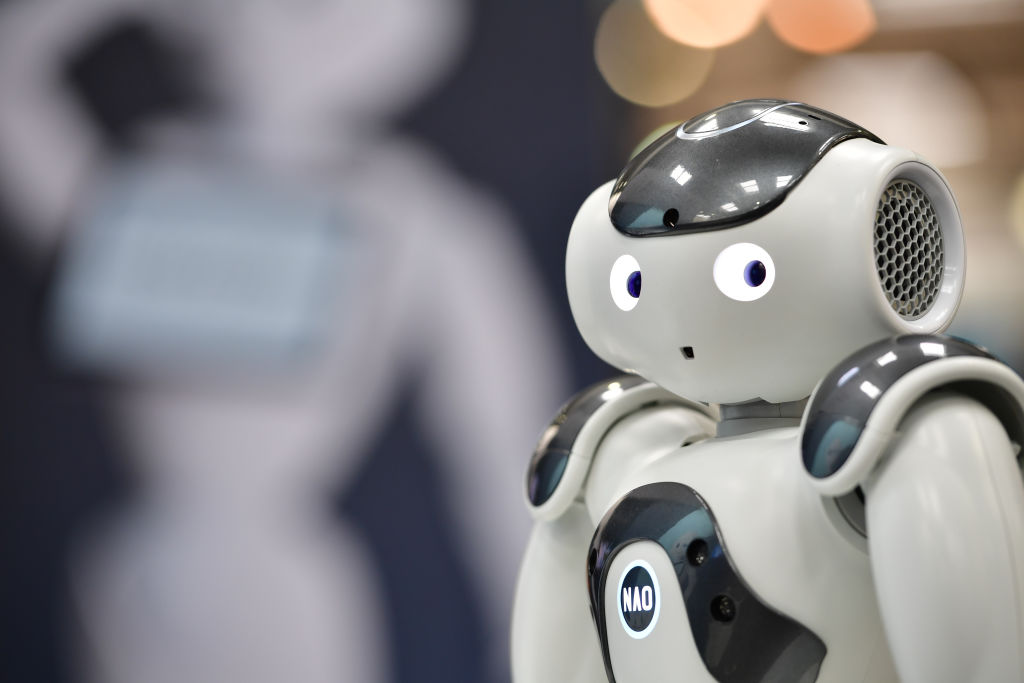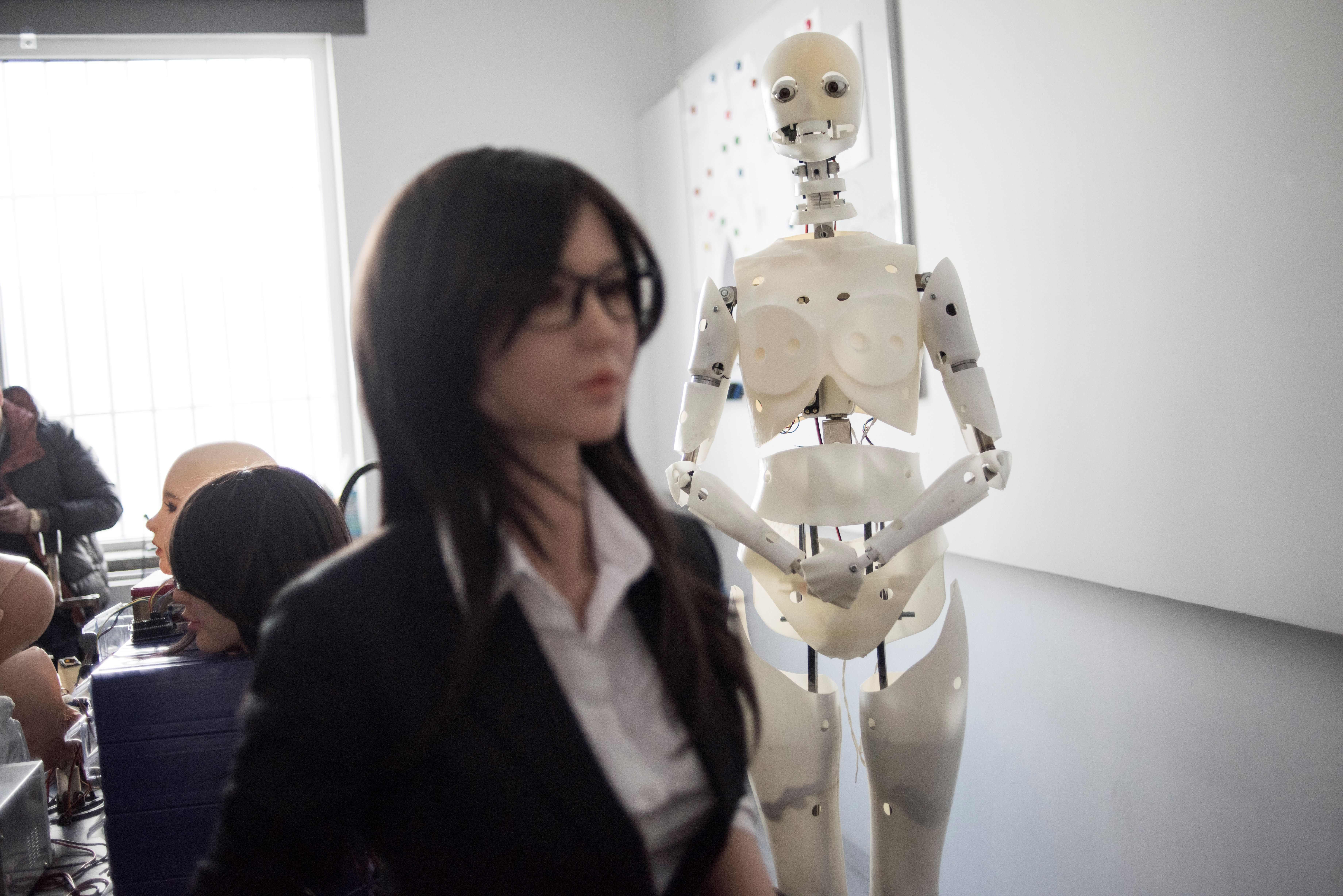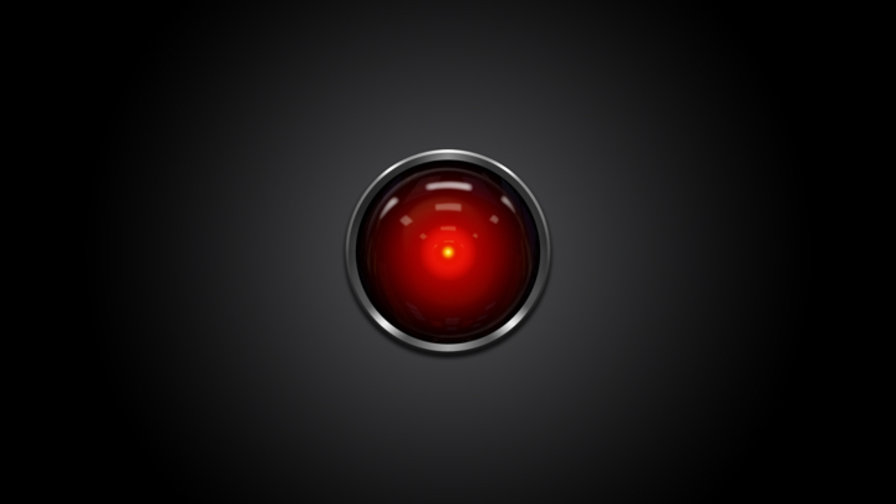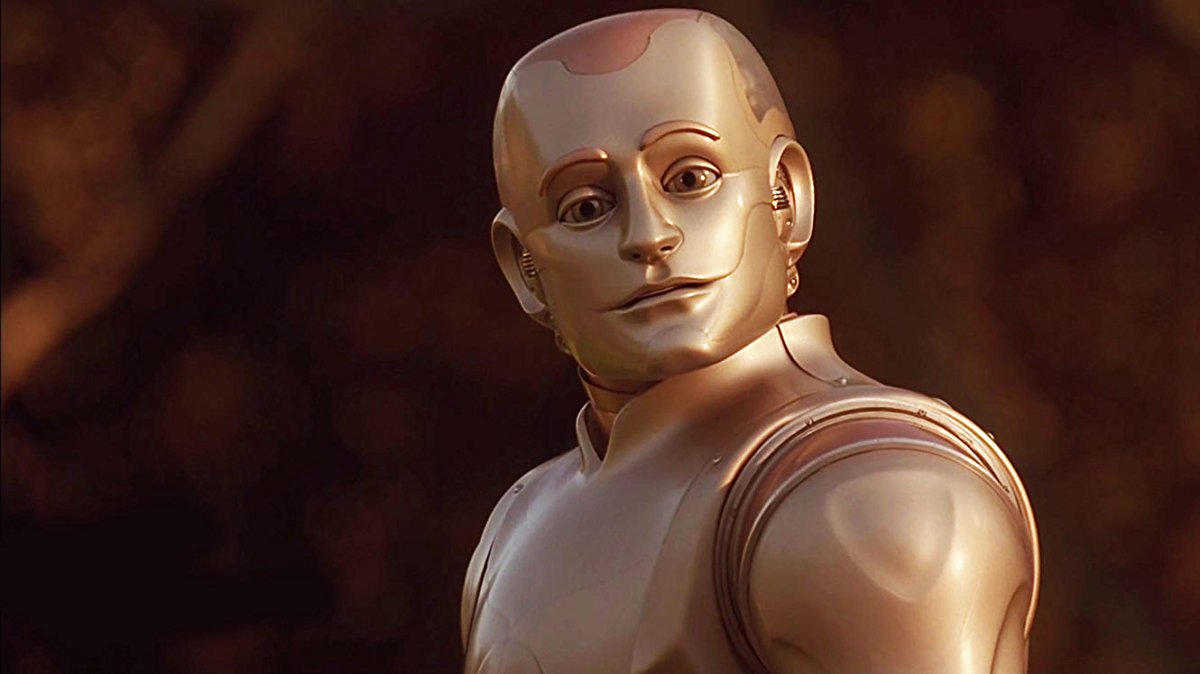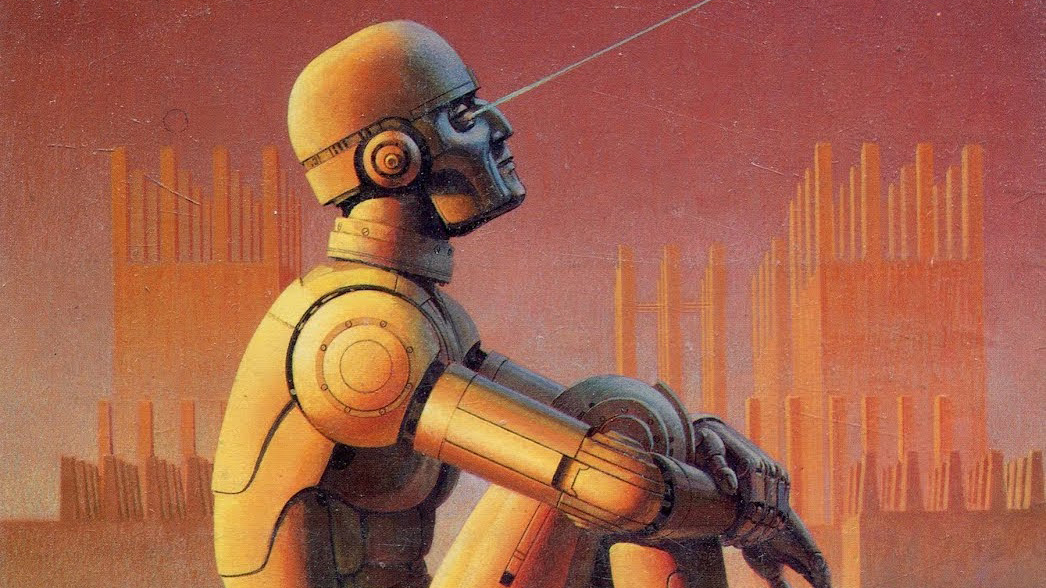Many of our greatest fears stem from uncertainty about the future, and technology has made the future very uncertain indeed.
Search Results
You searched for: Robots
The pool of things that “AI Can’t Do” appears to be steadily shrinking.
Michael Dowling, Northwell Health’s CEO, believes we’re entering the age of smart medicine.
Human values evolve. So how will we raise virtuous A.I.s?
▸
5 min
—
with
Scientists have discovered that neurological response to posture is separate from movement.
Although the great Martian dust storm of 2018 may have ended its life, its accomplishments will live on forever. Note: This article was originally published on January 25, 2019 on Forbes. […]
A child-friendly robot demonstrates human emotions and engages children with autism in responding appropriately. MIT researchers have now developed a type of personalized machine learning that helps robots estimate the engagement and interest of each child during these interactions.
China’s state-run news agency and the search engine company Sogou have developed an artificially intelligent news anchor that can read the news “tirelessly” 24 hours a day.
Researchers at MIT have created what may be the smallest robots yet that can sense their environment, store data, and even carry out computational tasks. These nanorobots are the size of a human cell and they could flow through intestines or pipelines to detect problems.
The 2020 presidential candidate said companies like Amazon should “pay their fair share” as automation begins to displace human workers.
The unmanned lander will help scientists learn more about the interior of Mars and the development of rocky planets.
That’s a sharp increase from the 1960s when it took the same share of scientists an average of 35 years to drop out of academia.
A survey conducted at the Joint Multi-Conference on Human-Level Artificial Intelligence shows that 37% of respondents believe human-like artificial intelligence will be achieved within five to 10 years.
What if consciousness isn’t all about the brain?
▸
6 min
—
with
As one of the biggest manmade structures in the sky and at a cost of over $100b, it’s the place where the space age dream is still alive.
There’s a lot of confusion as to what AI, machine learning, and robotics do. Sometimes, they can all be used together.
China has for years been using robotic doves—drones that look and fly like real birds—to surveil the skies over its provinces, marking one of the most peculiar parts of the nation’s widespread civilian surveillance program.
And other big questions we explored on our first day at the World Science Festival.
The Tesla CEO said the Hardware 3 upgrade has “1000 percent more capability” than the current hardware.
The fear of robots taking over our economy is unfounded. After all, this kind of disruption happens a lot more often, in the historical sense, than you might think.
The way we represent other genders or ethnicities in literary fiction shows the limitations of our capacity for empathy and compassion.
“Sexbots” are coming. They’re supposed to fill in the gap for the career focused, help undermine sex trafficking and abuse, and even curb STI rates, but are these claims true?
The legendary DARPA tests technology that lets soldiers control drones with their minds.
Artificial intelligence will soon be powerful enough to operate autonomously, how should we tell it to act? What kind of ethics should we teach it?
As robots and automation take over jobs, there will still be some occupations where humans will be preferred, says theoretical physicist and best-selling author Michio Kaku.
▸
with
We’re directly responsible for our robots’ joy, suffering, thoughtfulness, and creative potential.
Here are some of the best books on the rich history, rabid speculations and intriguing fictionalized world of artificial intelligence.
A sobering thought to anyone laughing off the thought of robot overlords.
▸
5 min
—
with
